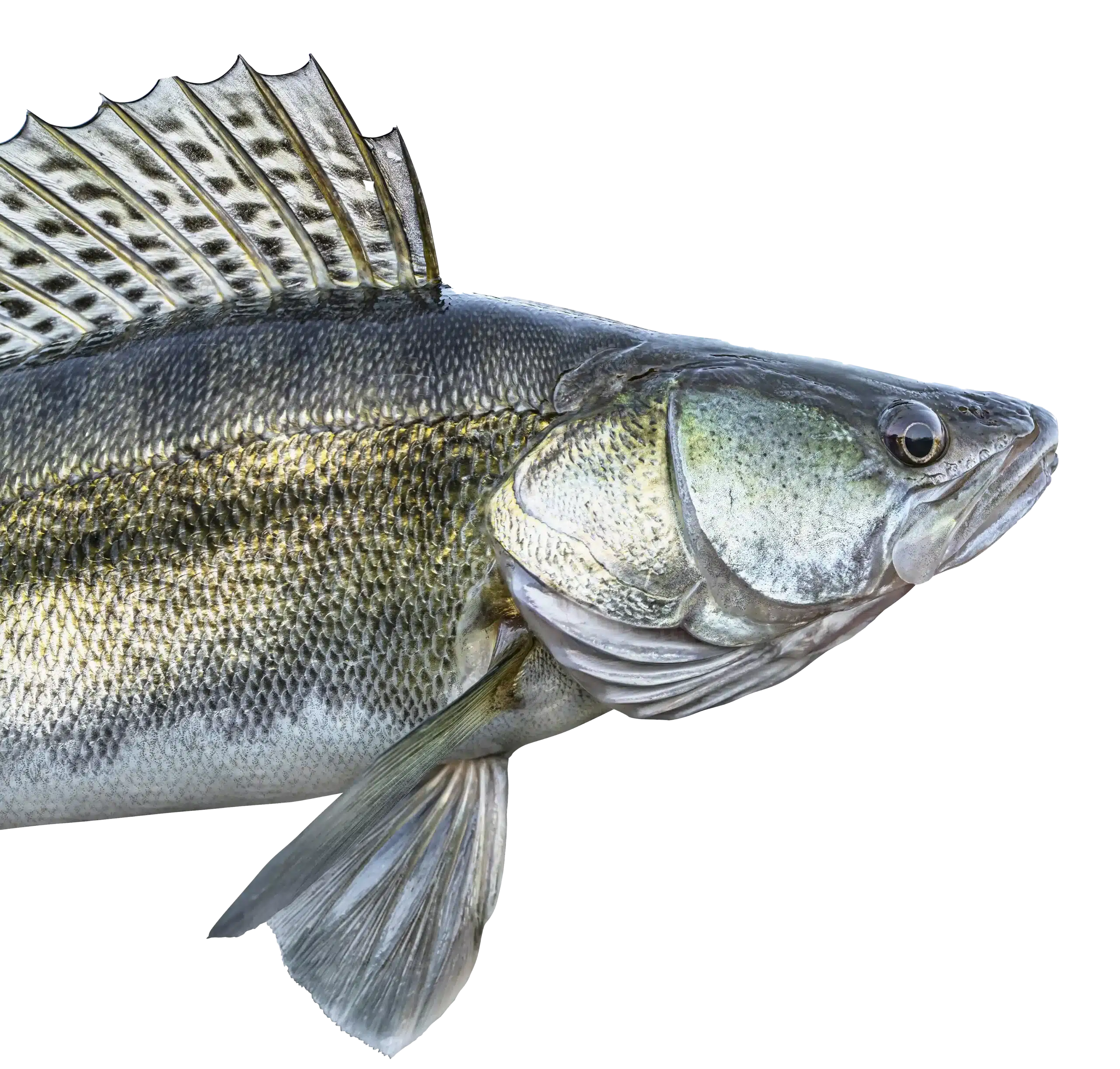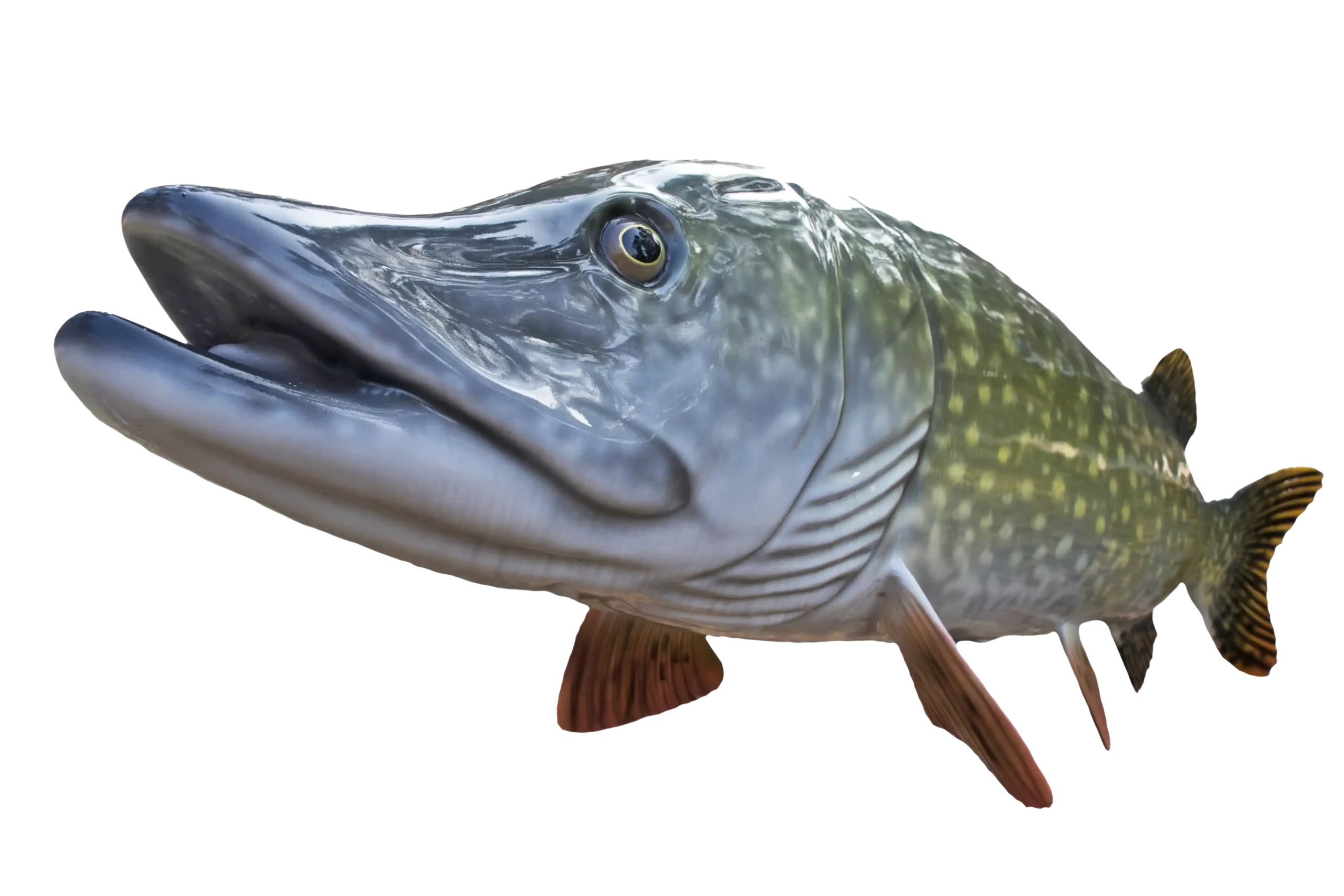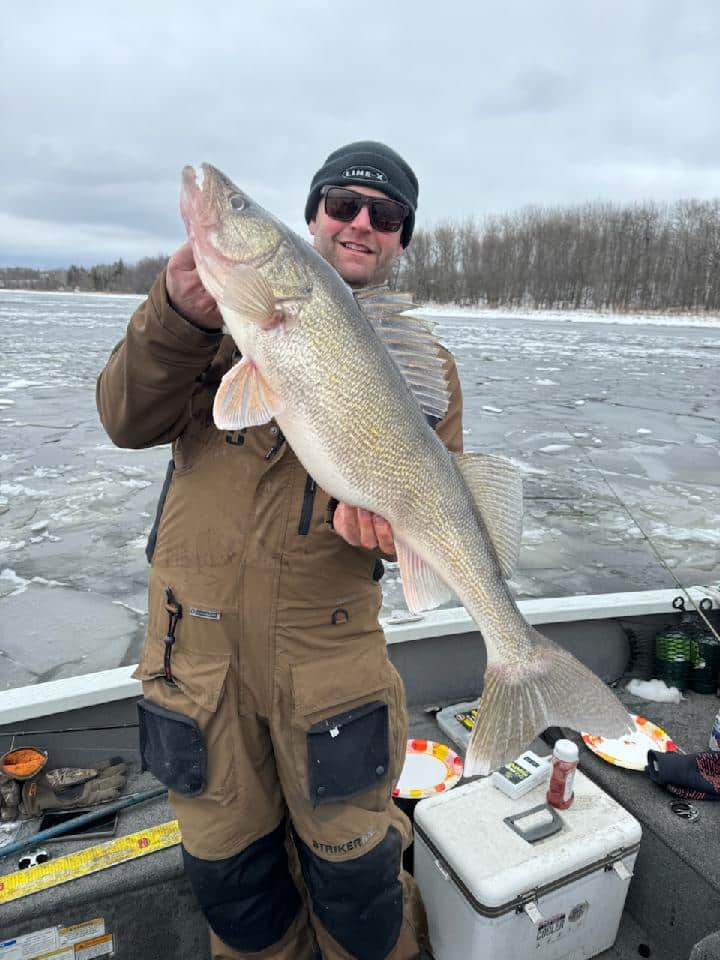


MTT. Minnesota Tournament Trail
NWT. National Walleye Tour
AIM. Angler’s Insight Marketing
Chili Bowl, Border View Lodge
Arnesen’s, Summer Tournament
River Bend Resort, Ladies tournament
Zippel Bay Resort, Northern Pike Tournament
AND MORE!

The transition from winter to spring and the naturally occurring ice out in northern Minnesota is always an exciting time, especially for anglers eager to hit the open water. The Rainy River and Lake of the Woods, two of the most famous fishing destinations in the state, undergo a dramatic change as ice begins to melt, revealing the open water underneath. Ice-out dates vary each year, influenced by temperatures, snowpack, and overall weather conditions. However, over the years, patterns have developed that give us a general idea of when the rivers and lakes become accessible.
For many anglers, spring fishing on the Rainy River is an annual tradition. Every year, people closely watch ice conditions, waiting for the river to open up so they can launch their boats and begin targeting walleyes, sturgeon, and northern pike. The Nelson Park boat landing in Birchdale, Minnesota, is one of the first major access points to open up. Historically, this happens around the third week of March, but there have been years when it has opened earlier or later.
The process of ice-out on the Rainy River can be unpredictable. Because the river has a current, ice melts faster than it does on Lake of the Woods. The first signs of spring typically include darker ice, cracks forming along the riverbanks, and increasing water flow beneath the ice. Warm temperatures and strong currents help break up the ice, and eventually, large chunks begin floating downstream toward Lake of the Woods.
Some years, anglers have been able to launch their boats as early as mid-March, while in colder years, it might take until the end of the month or even early April for the first boats to hit the water. Factors like heavy snow, prolonged cold temperatures, and ice jams can delay the process. On the other hand, mild winters with limited snowpack and warm March temperatures can result in an earlier ice-out.
Lake of the Woods, unlike the Rainy River, is a massive body of water, which means it takes longer for ice to melt completely. While the river might open up in March, the main lake often remains covered in ice well into April. Historically, ice-out on Lake of the Woods occurs between mid-April and early May.
Because of its size and depth, Lake of the Woods requires consistent warm weather and strong winds to break up the ice. Typically, the bays and shorelines are the first areas to open up, followed by the larger sections of the lake. Anglers and resort owners closely monitor satellite images, ice thickness reports, and weather forecasts to predict when boats will be able to access the open water.
Over the years, some of the earliest ice-outs on Lake of the Woods have happened in early to mid-April, while colder springs have pushed the full melt into early May. The walleye fishing opener in mid-May is always a key target date for open water, and most years, the ice is gone by then.
The timing of ice-out on the Rainy River and Lake of the Woods plays a huge role in the region’s fishing and tourism industry. Many anglers travel from across the Midwest to take advantage of early spring fishing opportunities.
For walleye anglers, the catch-and-release season on the Rainy River is a chance to target trophy-sized fish that are moving upstream to spawn. Sturgeon fishing is also a major draw, as these massive fish become more active in the warming waters. It’s not just resorts, bait shops, and guides that rely on the ice-out timeline to prepare for the influx of visitors eager to get their boats in the water. Restaurants, breweries, distilleries, coffee shops, grocery stores, hardware stores and gas stations, just to name a few in this border community, all benefit from the spring tradition.
If ice-out is early, businesses see an extended spring fishing season, which is great for the local economy. A late ice-out, however, can delay the start of the season and frustrate anglers who have been waiting all winter to fish.
With climate trends shifting and winters fluctuating in severity, predicting ice-out has become more challenging. Some years, late-season snowstorms or prolonged cold spells can delay the process, while other years, unseasonably warm temperatures speed things up.
Anglers planning trips to the Rainy River or Lake of the Woods often watch local weather reports, social media updates from Lake of the Woods Tourism, area resorts, and live ice condition reports to get the most accurate information. Lake of the Woods Tourism along with some local resorts provide regular updates to keep visitors informed.
Ice-out on the Rainy River and Lake of the Woods is an exciting time for anglers and outdoor enthusiasts. While the timing can change each year, history has shown that the Rainy River typically opens up the third week of March, with Birchdale being one of the first boat landings allowing access to larger boats. Lake of the Woods takes longer, often clearing of ice by mid to late April. No matter when it happens, ice-out signals the start of another great fishing season in northern Minnesota, and anglers from near and far will be ready to hit the water.

LODGING
MAPS & TRAILS
ICE FISHING

